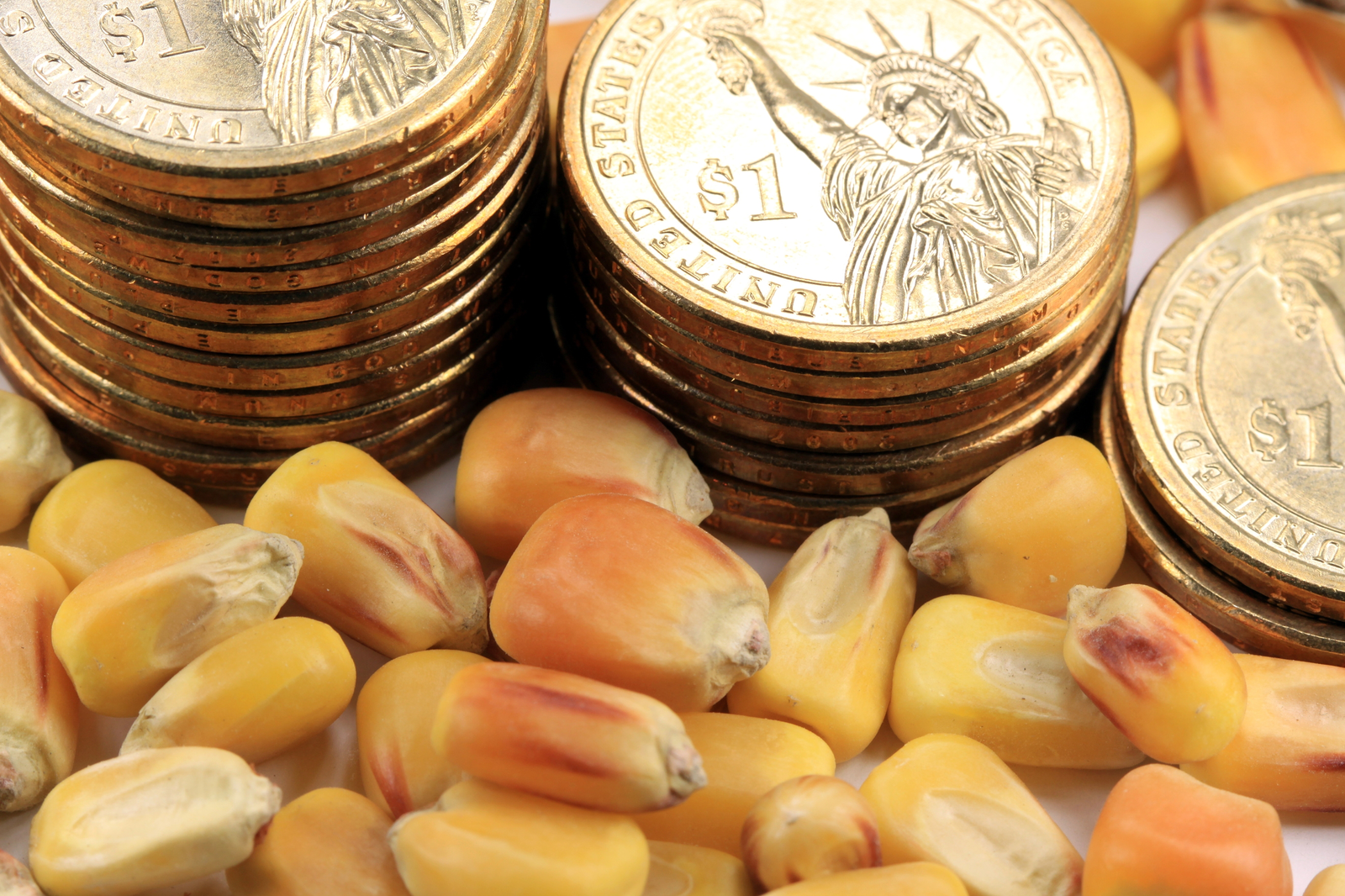The volatility of the raw materials market

Forty years ago, commodity price movements were relatively minor. Today though, these prices are far more volatile. We talked to Tony Bell from BOCM/Pauls to find out why this is.
By Stuart Lumb, UK correspondent
In the stock markets around the world, speculators have seized on raw materials and feed ingredients as a means of making money – rapid price increases are often due to speculators going into the markets. At a recently held meeting for UK pig producers in Lincolnshire, Tony Bell gave a fascinating insight into the world of commodity trading. Bell is the Raw Material Director for UK based BOCM / Pauls, a leading player in the UK animal feeds industry. “Currently because of the Ukraine situation and because Ukraine is such a major player in the wheat market prices can fluctuate by £10 (over €12) a tonne in one day, volatility which was never experienced years ago,” Bell explained.
Wheat stocks
There are 11 million tonnes of wheat held by the EU. The EU used intervention buying to maintain a strategic reserve of wheat, but that policy, however, is no longer in place. “EU intervention buying was stopped some years ago,” commented Bell, “based on the logic that countries could always go into the market to make up for shortfalls in national reserves. Whether this logic still holds true is, perhaps, debatable.”

Tony Bell: “High prices drive high prices.”
Some major nations do though, maintain strategic stockpiles of grains. China has 60 million tonnes of soya and wheat. India holds 20 million tonnes of wheat – as a buffer against food riots – and this wheat will never be released on to the world market. Egypt is a major wheat buyer and because of the unrest in the Ukraine they are looking elsewhere to buy wheat, namely to France, which is pushing prices up by £16-17 / tonne (19.8 – €21 / tonne). Hence UK May wheat is standing at £180 / tonne (€223 / tonne). “High prices drive high prices,” commented Bell, “with production forecasts for 2013/14 being much higher than 2012/13. Last year in the USA there was less corn available and so more wheat was used in feed rations, quite unusual for compounders in the USA. This trend is likely to be reversed, as forecasts for the 2013/14 corn crop indicate an 80 million tonnes increase over 2012/13.”
Weather influences
Lack of rainfall at critical times of the year – and the opposite – can seriously affect crop yields and their pricing. In the USA a dry spring can set back sowing dates (due to lack of moisture in the soil) which ultimately may impact on yields. In South America soy is harvested in March. Brazil suffered a dry spell in January this year, which was reflected in late crop growth and this affected yield forecasts for 2014. Two years ago saw the largest ever drop in soybean meal (SBM) production as a consequence of major drought in South America coupled with reduced plantings in the USA. Production is now back to normal levels due to a huge increase in production.
China is a major player
On the world scene, China, which is no surprise, is a major player. China imported 68 million tonnes of soy last year, which was a 15% increase year on year. This amounts to 39% of the world crop. China is followed by the EU (21%), USA (20%) and Brazil (11%). In addition, China’s demand is equal to the EU’s and the USA’s combined – a very sobering situation. China’s standard of living is rising, and quite rightly so. The Chinese love their pork and chicken and will eat more meat given that they have more cash in their pockets. Consequently, to sustain their burgeoning animal industry, soy demand will continue to rise, although there are concerns about the economic impact of a slowing down in the Chinese economy. Soy and South America are synonymous.
Always something unexpected
It can certainly be said that for those working in the commodities markets there is never a dull moment. There is always something unexpected that drives prices in one direction or the other. Opinions can change regularly as new information arrives that will impact on production or demand – on a worldwide basis. Certainly, it is an interesting role for those involved in buying raw materials, but not always a role for the faint hearted.
[Source: AllAboutFeed magazine Vol 22 nr 6, 2014]











